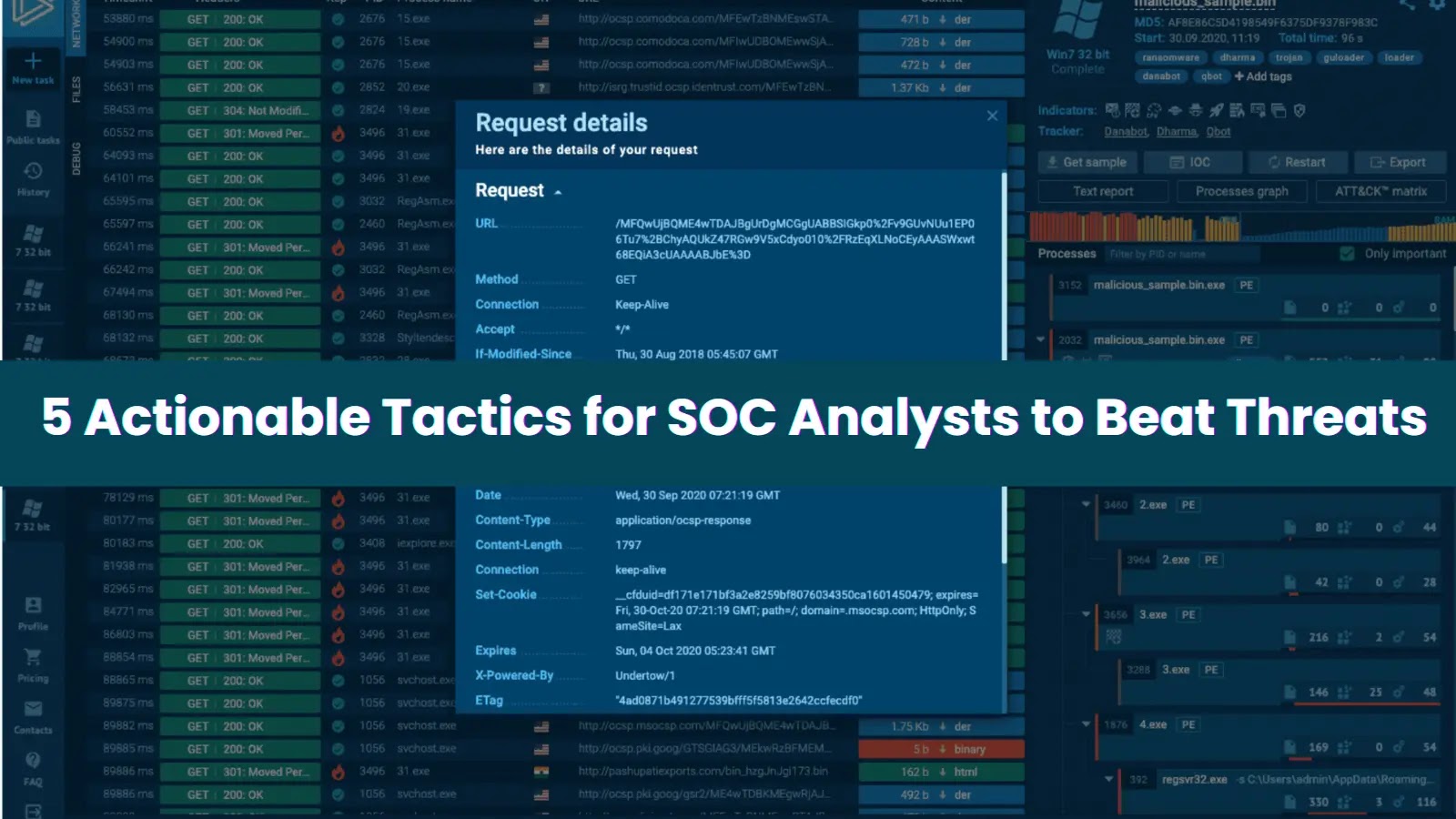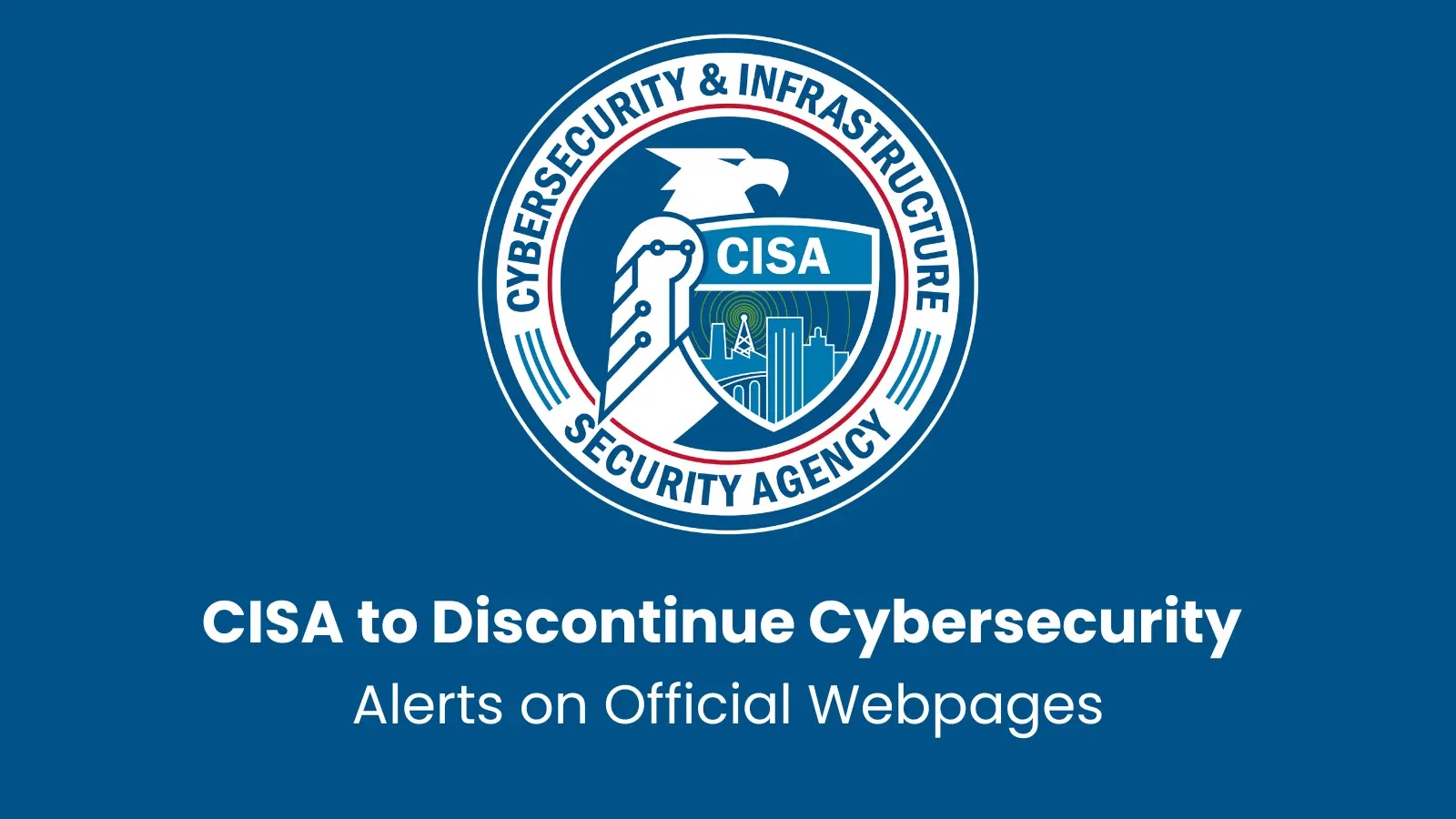In response to the escalating cyber threats targeting digital financial systems, MITRE has unveiled the Adversarial Actions in Digital Asset Payment Technologies (AADAPT™) framework. This innovative tool is designed to assist organizations in identifying, analyzing, and mitigating vulnerabilities within digital asset ecosystems, including cryptocurrencies and blockchain platforms.
Understanding AADAPT
AADAPT is modeled after the widely recognized MITRE ATT&CK® framework, which has been instrumental in cybersecurity defense strategies. By adapting ATT&CK’s structured approach, AADAPT offers a comprehensive methodology tailored specifically for digital asset payment technologies. It provides a detailed taxonomy of adversarial tactics, techniques, and procedures (TTPs) that target critical components such as consensus mechanisms and smart contracts.
The framework is the culmination of extensive research, drawing insights from over 150 sources across government, industry, and academia. This collaborative effort ensures that AADAPT encompasses a wide range of real-world attack scenarios, offering a robust foundation for threat modeling and defense planning.
Key Features of AADAPT
AADAPT’s matrix-based structure categorizes adversarial actions into eleven distinct phases, ranging from initial reconnaissance to final impact. Within these phases, the framework outlines 38 specialized techniques, each addressing specific attack vectors unique to digital assets.
Notable techniques include:
– Channel Wormholing: A reconnaissance method where attackers exploit communication channels to gather sensitive information.
– Flash Loan Exploitation: An initial access technique involving the manipulation of uncollateralized loans to execute attacks.
– Smart Contract Implementation Analysis: An execution phase tactic where adversaries scrutinize smart contract code for vulnerabilities.
By systematically mapping these behaviors, AADAPT enables security professionals to develop comprehensive threat models tailored to their digital asset infrastructures.
Addressing Unique Digital Asset Vulnerabilities
The digital asset landscape presents distinct challenges that traditional cybersecurity frameworks may not fully address. AADAPT identifies and provides guidance on several critical attack vectors, including:
– Consensus Logic Exploitation: Targeting the fundamental mechanisms of distributed ledger technologies to disrupt network consensus.
– Fault-Injection Attacks: Introducing errors into systems to cause malfunctions or extract sensitive data.
– Quantum Efficient Factorization: Leveraging quantum computing capabilities to break cryptographic algorithms.
– Side-Channel Attacks: Exploiting indirect information leaks, such as timing or power consumption, to gain unauthorized access.
Additionally, AADAPT addresses blockchain-specific vulnerabilities like Eclipse Attacks, which isolate nodes from the network, and Chain Reorganization techniques that manipulate transaction history. Financial manipulation tactics, such as Market Manipulation and the generation of counterfeit tokens, are also covered.
Empowering Organizations
The introduction of AADAPT comes at a crucial time, as the adoption of digital payment assets like cryptocurrencies continues to rise. This growth has been accompanied by increasingly sophisticated cyber threats, including double-spending attacks, phishing schemes, and ransomware incidents affecting businesses, governments, and individuals alike.
Smaller entities, such as local governments and under-resourced organizations, are particularly vulnerable due to limited cybersecurity resources. AADAPT aims to bridge this gap by offering actionable guidance and tools tailored to the unique challenges of this segment of the financial ecosystem.
Wen Masters, Vice President of Cyber Technologies at MITRE, emphasized the importance of this initiative:
Digital payment assets like cryptocurrency are set to transform the future of global finance, but their security challenges cannot be ignored. With AADAPT, MITRE is empowering stakeholders to adopt robust security measures that not only safeguard their assets but also build trust across the ecosystem.
Community Engagement and Education
To promote the adoption and effective utilization of AADAPT, MITRE has engaged with various communities through webinars and educational initiatives. For instance, the Linux Foundation’s Decentralized Trust webinar series featured a session titled AADAPT: A Cyber Threat Framework for Digital Assets, providing an in-depth overview of the framework and its applications. These efforts aim to equip developers, policymakers, and financial institutions with the knowledge and tools necessary to enhance the security of digital asset payment technologies.
Conclusion
The launch of the AADAPT framework marks a significant advancement in the field of cybersecurity for digital assets. By providing a structured approach to identifying and mitigating threats specific to digital payment technologies, AADAPT empowers organizations to proactively defend against the evolving landscape of cyber threats. As digital assets continue to reshape the financial industry, frameworks like AADAPT will be instrumental in ensuring their secure and trustworthy adoption.



